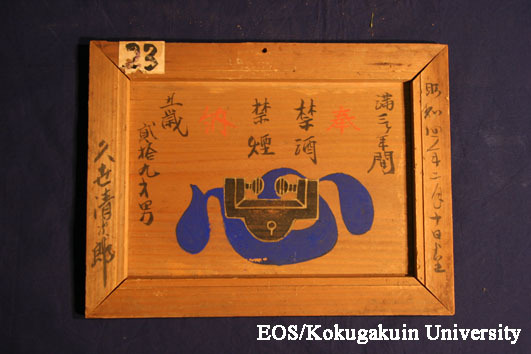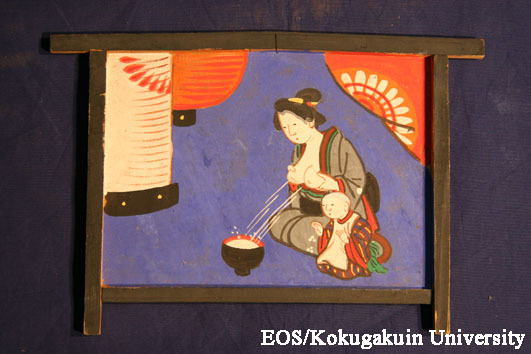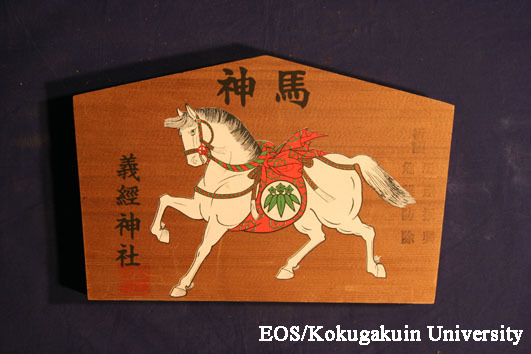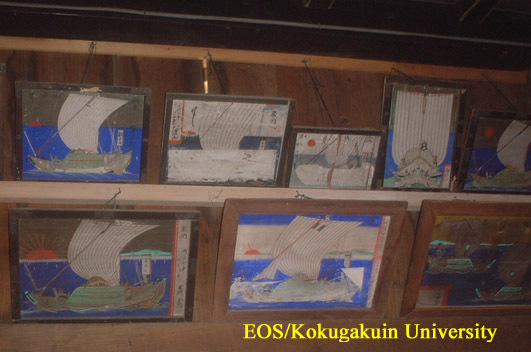Encyclopedia of Shinto
| Main Menu: | |
| Links: |
詳細表示 (Complete Article)
| カテゴリー1: | 4. Jinja (Shrines) |
|---|---|
| カテゴリー2: | Offerings and Talismans |
| Title | Ema |
| Text | Votive tablets bearing illustrations of horses or other scenes offered at shrines, temples, wayside shrines and chapels, as expressions of prayer and thanks. Types of ema range from large, framed pictures produced by professional painters, to smaller pictures painted by unknown artists, or even by the devotees themselves. From ancient times horses have been regarded as sacred mounts used by kami, and horses have been dedicated to shrines as to invoke the kami's presence. This practice was first simplified through the offering of horse statues, and later through depictions of horses on pieces of wood. The custom of dedicating ema to shrines was known even in the Nara period, and numerous examples have been found at the Iba (Hamamatsu City) and Hieda (Yamato-Kōriyama City) archaeological sites. In the beginning all ema were pictures of horses, but pictures featuring other subject matter began to appear from the Muromachi period on, and they gradually became larger in size. On the other hand, smaller ema showed strong influence of the ancient folk custom of hanging or suspending religious emblems, and this style of offering has continued to be transmitted among the people down to the present day. The motifs depicted on ema show broad diversity in accordance with the nature of the devotee's wish, and today they increasingly tend to be emblems distributed by shrines to devotees. — Iwai Hiroshi |









